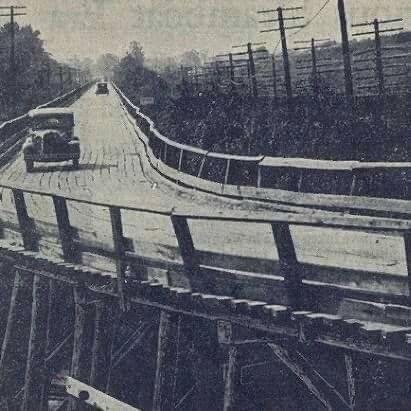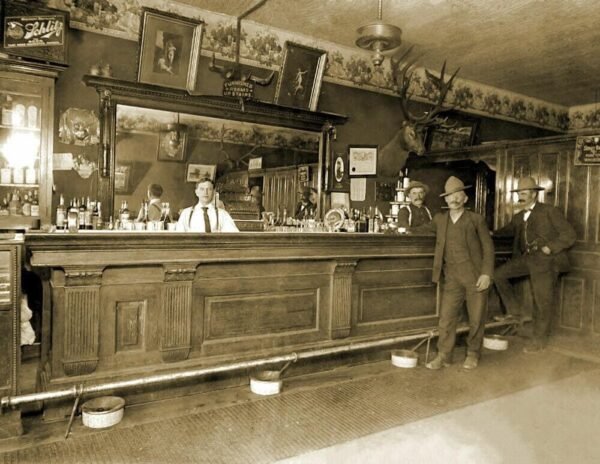In the 1930s, the road connecting West Memphis, Arkansas, and Memphis, Tennessee, was unlike any other. Known locally as the “Wooden Highway,” this unique stretch of road was entirely made of wooden planks. It served as a vital link between the two cities, facilitating the movement of goods and people during a time when infrastructure was less developed.

The Need for a Road
In the early 20th century, the Mississippi River served as a natural barrier between West Memphis and Memphis. While ferries were available, they were often unreliable and couldn’t handle heavy loads. The need for a more stable connection was evident, and thus the idea for a wooden road was born.
Construction Challenges
Building a wooden road presented numerous challenges. The wood had to be treated to withstand the elements, and the road itself required frequent maintenance. Despite these hurdles, the wooden planks provided a surprisingly smooth ride, and the road quickly gained popularity.
Economic Impact
The Wooden Highway had a significant economic impact on both West Memphis and Memphis. It facilitated trade and made commuting easier for workers. The road also attracted curious travelers, eager to experience the novelty of driving on a wooden surface.
The End of an Era
As technology advanced and the need for more durable roads became apparent, the Wooden Highway was eventually replaced with modern materials. However, it remains a fascinating chapter in the history of American infrastructure, a testament to ingenuity and resourcefulness.
Legacy
Today, the road between West Memphis and Memphis is a far cry from its wooden predecessor. Yet, the stories and memories of the Wooden Highway live on, a nostalgic reminder of a bygone era.
For those interested in the history of American roads and infrastructure, the tale of the Wooden Highway serves as an intriguing case study. It’s a story of innovation, community, and the relentless march of progress.
As an Amazon Associate we earn from qualifying purchases through some links in our articles.




